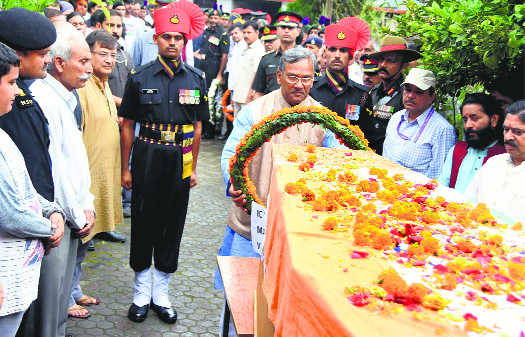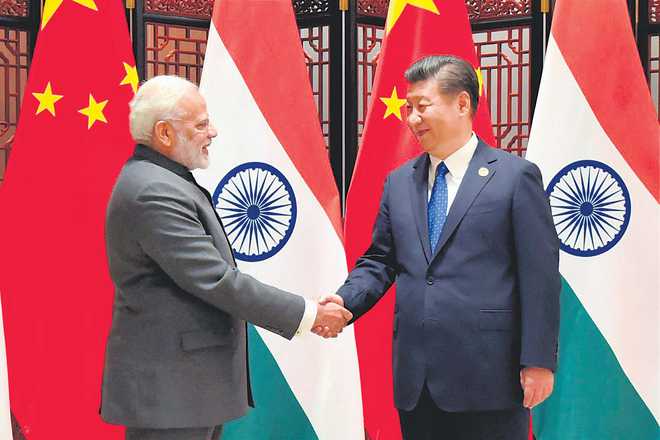
The political state of Haryana is the catchment area for some of the most gallant and decorated regiments of the Indian Army, namely, Grenadiers, Jats, Rajputana Rifles, Rajputs, besides the region also feeding a host of other regiments, corps, and the service arms. The average Haryanvi soldier is the epitome of martial instincts – from sheer unmatched physical bearing to the age-old reverence to morality, ethics, simplicity, and large-heartedness (with a unique sense of sarcastic humour and risqué language); these hardy soldiers are much feted and doted on, in the battle-fields or moments of functional tribulation. From Risaldar Badlu Singh (Victoria Cross from Jajjar), Havaldar Chelu Ram (Victoria Cross from Bhiwani), Col Hoshiar Singh Dhaiya (Param Veer Chakra from Sonipat), the dust-bowl districts of Haryana have given an endless list of some of the finest displays of soldiering valour and professionalism, that makes them second-to-none.
Yet, the parallel optics of the meltdown, capitulation, and disarray of the Haryana Police, for the third successive time in the last couple of years is symptomatic of the contrasting institutional health of the two broad security services, i.e. the Indian Armed Forces vis-à-vis the Police forces (including both the State force and the Central Armed Police Forces). The 57,000 strong Haryana Police, with a logically sounding mission statement and commitment to the common man to, “provide him security and to create a peaceful and law abiding community,” has been found severely wanting in the recent Panchkula rampage, the handling of the earlier sectarian strife, as indeed, in the ham-handed botch-up in raiding yet another self-styled godman in Hisar, preceding these two incidents. The seemingly magical impact of just six army columns, when the large posse of hapless policemen was scurrying aimlessly and hurriedly, reiterated the difference that institutional ethos, training and leadership can make. In Haryana, where the same household gives a military soldier and a policeman simultaneously, the opposite efficacy levels of the two uniforms is not a reflection on the genealogical bearing of the two individuals.
The cry for police reforms is a very old hat, that has persisted and resisted efforts to change, despite efforts to address the institutional malaise. Even the judiciary that has earned unequivocal plaudits for standing up to the crumbling national narrative in recent times, was at its wits end when the Supreme Court bench headed by the then Chief Justice of India, JS Kehar lamented, “Police reforms are going on and on. Nobody listens to our orders.” The well-meant tone of anguish belies the multiplicity of vested interests that seek to maintain the status quo.
Unfortunately, the colonial-minded Police Act of 1861, that was understandably loathed and distrusted by the mainstream populace, still stands as the fundamental governing guide. The later day constitutional framework of affording the State police to a ‘state subject’ (List II, Schedule 7 of the Indian Constitution), with open channels of outside (read, political) influence and interference have ensured negative perceptions of lackadaisical commitment, oppressive conduct and worse, corruption. Piles of paperwork have been generated to suggest and usher in the much-needed Police reforms from the Gore Committee, the Ribeiro Committee, the Padmanabhaiah Committee, the Prakash Singh Committee (ironically, following the sectarian violence in Haryana itself) to the SC directives for Police Reforms and Soli Sorabjee Committee – all ignored in varied degrees of disinterest (in 2006, the Supreme Court had issued 7 binding directions to the State/UT’s). The comparative proximity of the political classes with the State police forces versus the autonomy and non-interference in the conduct of the Armed Forces has steered the culture of professionalism, vested interests and leadership conduct, diametrically. The police-political equation can be dangerously mutually-gratifying, thus, efforts to correct the unholy nexus runs the risk of a very systemic and effective counter-block. Neither barrackised nor conflict-deployed Military, is insulated from the systemic-rot that afflicts the ‘system’. Perversely, the politician-agnostic Armed Forces pay a personal price for maintaining the distance from the civilian-masters and the top-heavy bureaucracy of the Police forces, gets further top-loaded and ‘looked-after’ by the ‘system’, whereas the ‘politically insignificant’ soldier of the Armed Forces is served the occasional dosage of condescending platitudes and patriotic appropriation, every time a Pampore, Pathankot or now, even when a ‘Panchkula’ happens. While there is an undeniable issue of shortfalls (global average ratio of police-population is 270 to one lakh, in India, it is approx. 120) – this ratio was not applicable in Panchkula. Actually, the issue of ‘outstretch’ is far more acute for the Armed Forces, as besides their conventional duties they are today increasingly deployed in regular ‘policing’ tasks and operations in J&K and the insurgency-infected areas of the North Eastern States. It really boils down to leadership – the contrast of the tenor, balance, and maturity in the phraseology of the press conferences held post the Panchkula incident vis-à-vis that of the then DGMI (Lt Gen Ranbir Singh) following the ‘surgical strikes’, is a case study in political slant versus the apolitical functionality and correctness. Again, it is the wiring, construct, and defined conduct of the two different institutions that chisels out the exact opposite output and impact, in a ‘Panchkula’. There have been outstanding Police officers and men who have defied the systemic morass and delivered supreme results (often paying the ultimate price), however, these instances of individual brilliance are not because of the operative ‘system’ and environment that they are subjected to, but despite them; therefore even more laudable! Whereas the Armed Forces is a well-oiled engine that routinely churns out a certain behaviour pattern (ignoring instances of individual culpability), as the system invests and ordains ‘izzat’ above all; the emotional import of cowardice or dereliction in a combat-situation is an unimaginable, unaccountable, and unlivable insult to the individual concerned, and by that extension, his paltan – hence, the shame of not ‘living up’ to the soldering ethos is unexplainably, heavy. The taint of ‘combat refusal’ goes beyond the penal laws, and unlike the order of ‘suspension’ in the police forces, a sense of collective humiliation owing to the conduct of any individual can drive a unit towards almost inhuman bravery in the face of hopeless odds, to redeem honour. Behind the different flags of the overall Indian security apparatus that bestow the legal, moral and social legitimacy, lays the singular flag of ‘India’ that does not differentiate a soldier wearing a Khakhi uniform, from one wearing an Olive Green uniform. It is not the uniform or the soldier, but the ‘system’ that has failed us and needs immediate addressing. Haryana was, is, and will always remain the land of pride for soldiers. Lt General Bhopinder Singh (Retd) is Former Lt Governor of Andaman and Nicobar Islands & Puducherry. The views expressed are strictly personal.
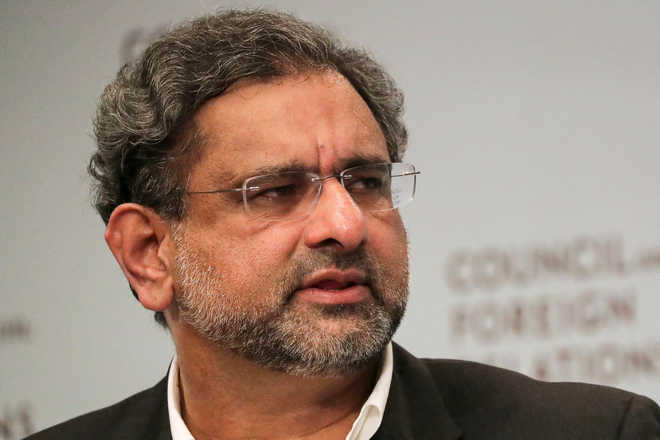








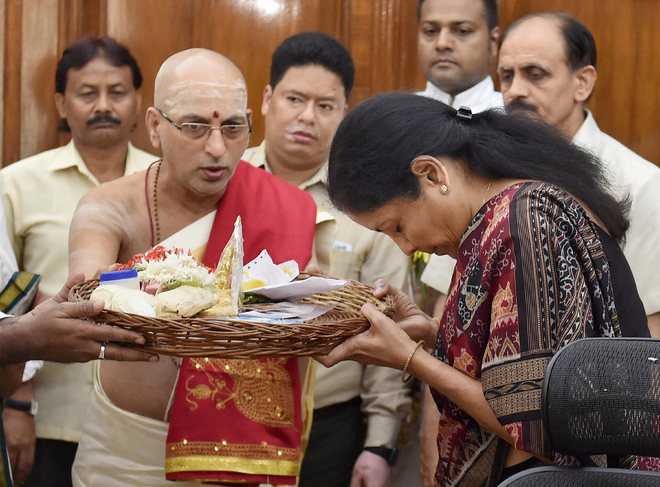

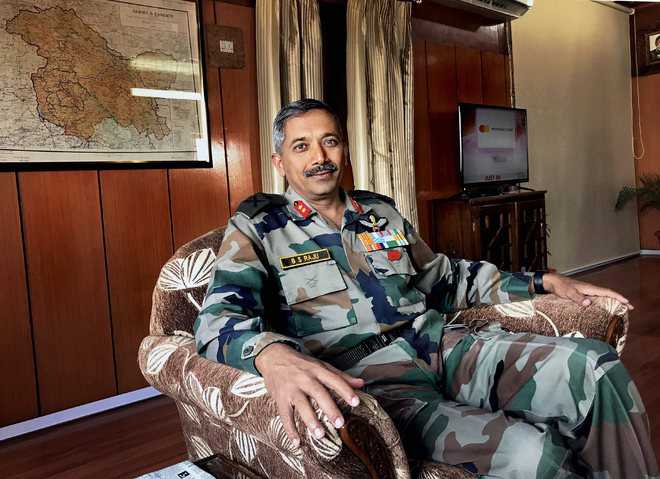
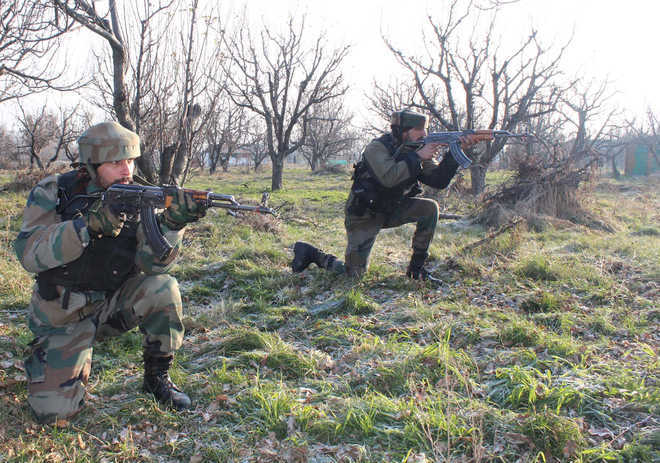
 PHOTO CREDIT: BHARATRAKSHAK.COM
PHOTO CREDIT: BHARATRAKSHAK.COM
